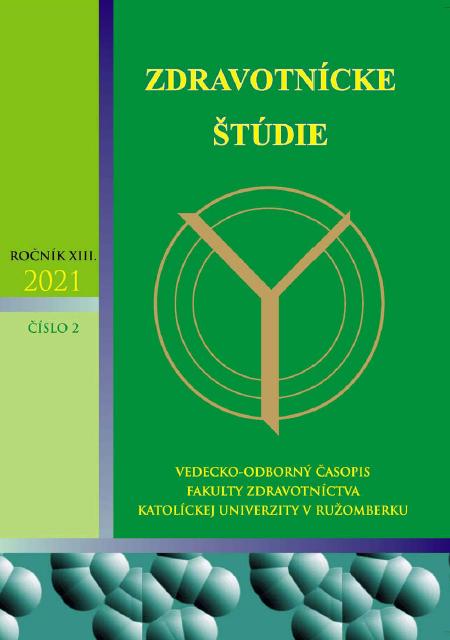Pohľad klinického mikrobiológa na COVID-19
The View of a Clinical Microbiologist on COVID-19
Author(s): Jozef FicikSubject(s): Health and medicine and law
Published by: VERBUM - vydavateľstvo Katolíckej univerzity v Ružomberku
Keywords: SARS-CoV-2; COVI D-19; Mutations; Treatment; Vaccines
Summary/Abstract: At the end of year 2019, the globalized world was hit by an epidemic of a new coronavirus, now known as SARS-CoV-2. The virus has caused an infectious disease that has spread aggressively around the world. The World Health Organization named it „coronavirus disease 2019“ (COVI D-19) and declared it a pandemic on March 11, 2020. Coronaviruses belong to the family Coronaviridae (subfamily Orthocoronavirinae, order Nidovirales). They are enveloped viruses, after which they are named. The family Coronaviridae consists of four genera, namely alphacoronavirus, beta-coronavirus, gamma-coronavirus and delta-coronavirus. Serious diseases SARS, MERS, as well as COVI D-19 are caused by beta-coronaviruses. SARS-CoV-2 is a relatively stable virus that mutates relatively slowly compared to other RNA viruses. Nevertheless, we now know a number of mutations in the new coronavirus. Among the best known and most important are Alpha, Beta, Gamma and Delta variants. The clinical picture differs slightly in different variants, but the most serious condition is developed pneumonia, which leads to ARDS and multiorgan failure. Various substances are used in the treatment of COVI D-19, e.g. immunomodulators, anticoagulants or antiplatelet agents, corticoids and oxygen therapy, bronchodilator therapy, inhaled corticoids, or antitussives etc. may also be used. Several vaccines have already been developed for the prophylaxis of the disease. We currently have available mRNA vaccines Comirnaty (Pfizer-BioNTech), Spikevax (Moderna) and vector vaccines Vaxzevria (AstraZeneca) and Janssen (Johnson & Johnson). All the mentioned vaccines very effectively protect against the severe course of the COVI D-19 disease and thus significantly reduce the percentage of hospitalizations.
Journal: Zdravotnícke štúdie
- Issue Year: XIII/2021
- Issue No: 2
- Page Range: 3-7
- Page Count: 5
- Language: Slovak

